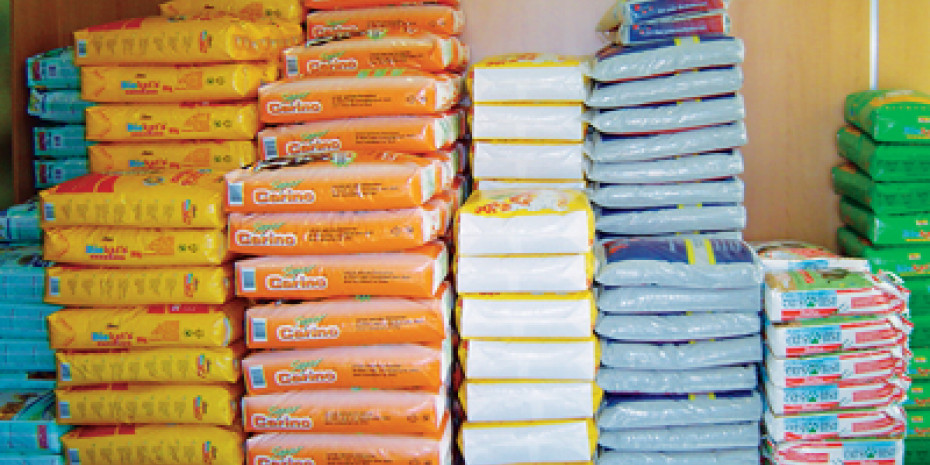Cat litter is a very freight-intensive product. Before the raw materials can be processed, they first have to be shipped by sea or by road from mines in Spain, Southern Italy or Morocco. Since haulage costs are constantly on the increase, it is becoming ever more expensive to transport the raw goods, and spiralling energy costs are also putting pressure on cat litter suppliers. Thus the scope for further price cuts as demanded at repeated intervals by the big trading groups in years gone by no longer exists. Industry experts believe therefore that prices might start to pick up again to a small extent in the future.The market for cat litter is fiercely contested.The market for cat litter is fiercely contested. Market volume is estimated at between 1.3 and 1.5 mio tonnes, the majority of which is sold via the food retail business. Above all, the trend towards private labels and the expansion of the discount chains have contributed to a steady decline in prices. This has resulted in an increasing concentration on the manufacturers' side, with some producers bowing out altogether or being taken over by other companies.With an estimated market share of around 40 per cent, the Spanish producer Tolsa, which acquired its Dutch competitor Mostert Absorbents two years ago, is the leading manufacturer in the cat litter segment. Tolsa is followed by Masterfoods, Sivomatic and Gimborn, each with a market share of 10 to 15 per cent. The Spanish company Sepiolsa, Damolin of Denmark and Korodur from Germany also have strong regional positions in the market.Cat litter market Germany - Grocery + DS incl Aldi(download .pdf-file)The cat litter market follows its own set of rules and unlike pet food, for example, preferences with regard to cat litter vary considerably from country to country. Nothing demonstrates this better than the acceptance of litter produced from wood fibres, straw and recycled paper. Whereas this environmental segment already plays an important role in the Benelux countries and the UK, other countries have some way to go to catch up. On the whole, these products have attracted a fixed body of customers among cat owners over the years and no well-organised pet product business should fail to have them on its shelves. In view of the growing level of awareness as regards the recyclability of cat litter, it is highly probable that eco-litter will continue to grow in the European market in future.Cat litter market Germany - non grocery(download…



